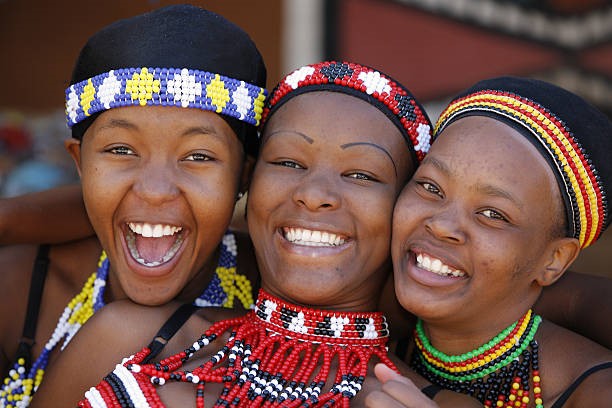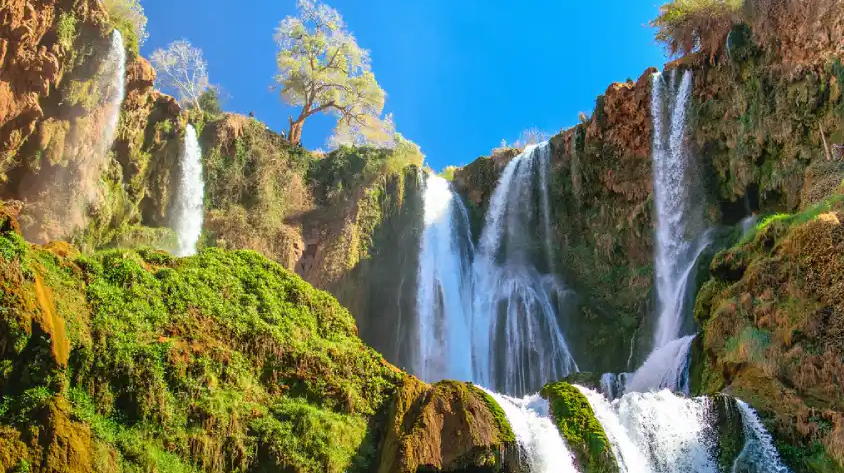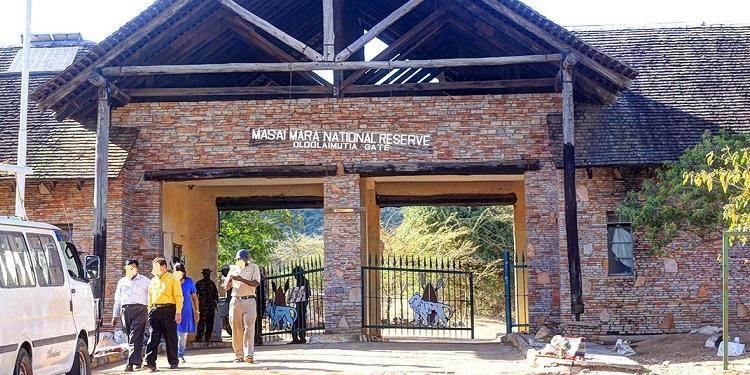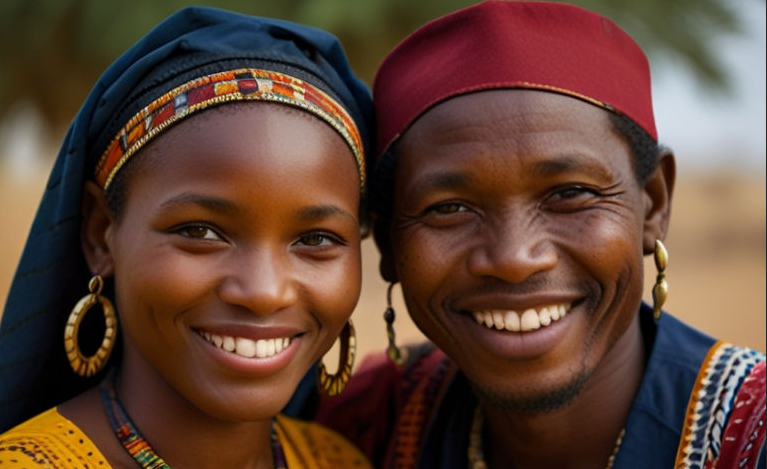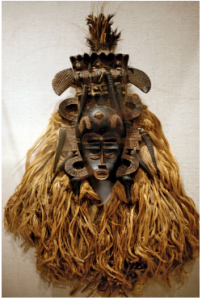
The Ivory Coast’s arts and crafts culture has always remained active, prolific, and significant despite the social turmoil that the country experienced. Ivory Coast masks, more than any other handicraft made here, give an insight into the customs, ideologies, and pasts of the various ethnic groups who call this lovely West African nation home.
The Dan, Senoufo, and Baule masks are produced by hand utilizing indigenous materials, and they are as varied as they are significant (Baten, 2016).
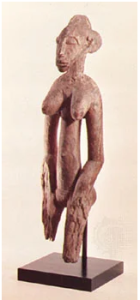
The Baules create masks as do other ethnic groups around the nation to represent and respect their ancestors. The mbolo masks used in solo dance routines resemble their illustrious forefathers in a humanoid way. Dancers wear Gba-Gba masks at the funerals of well-known ladies during the harvest season, respecting the ideas of physical attractiveness and wisdom with age. It is a multi-purpose mask that was unveiled to honor the accomplishments of the elders.
The Gaynon mask, which represents fertility, includes small eye openings, cowry shells incorporated into the shape, and rope-based dreadlocks hanging from each side (Baten, 2016). Only men are permitted to wear it for the five days of dancing and making sacrifices to their ancestors in hopes of a bountiful harvest, despite the fact that her name, Dan, means “female mask.” Additionally, it is used in rituals to ask women for spiritual guidance.

